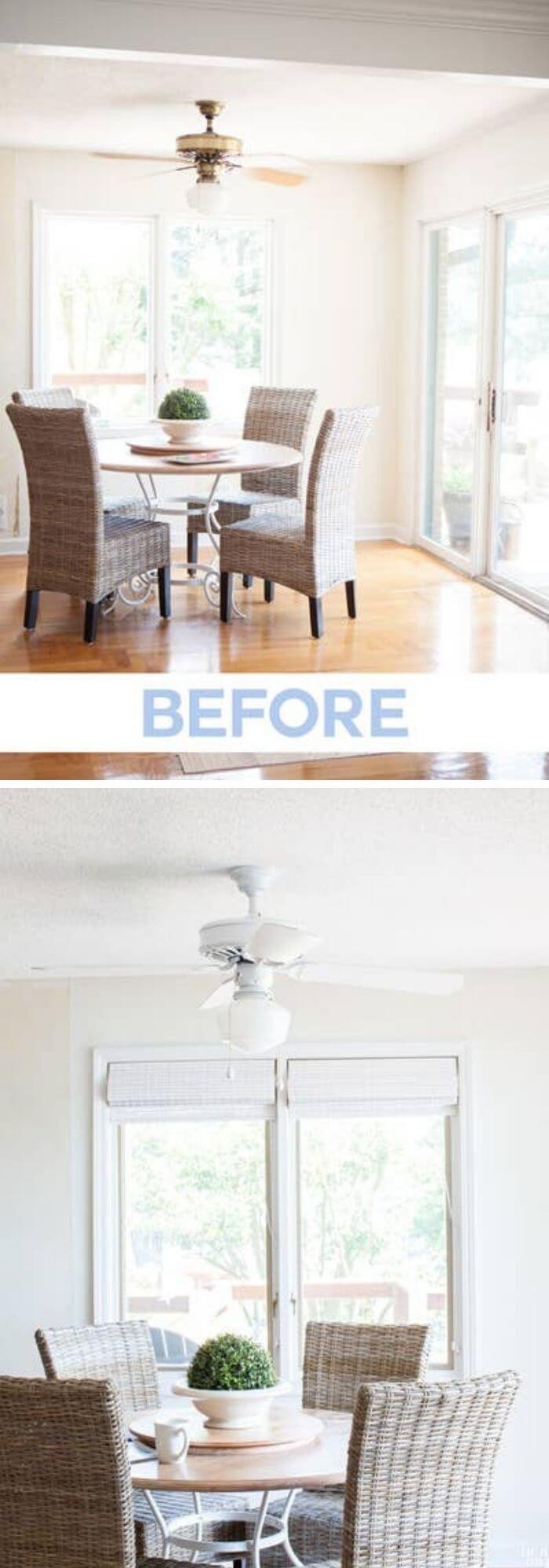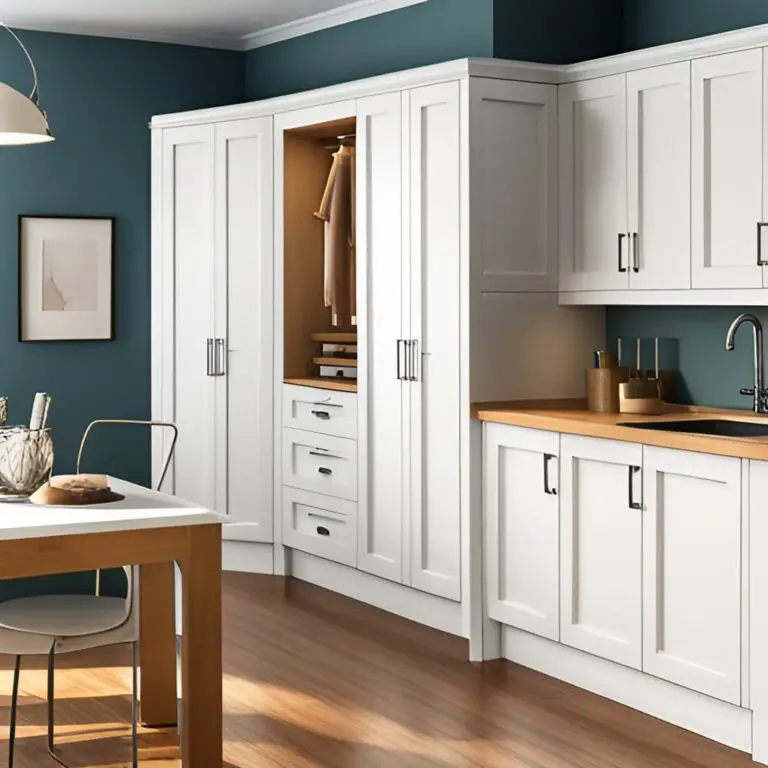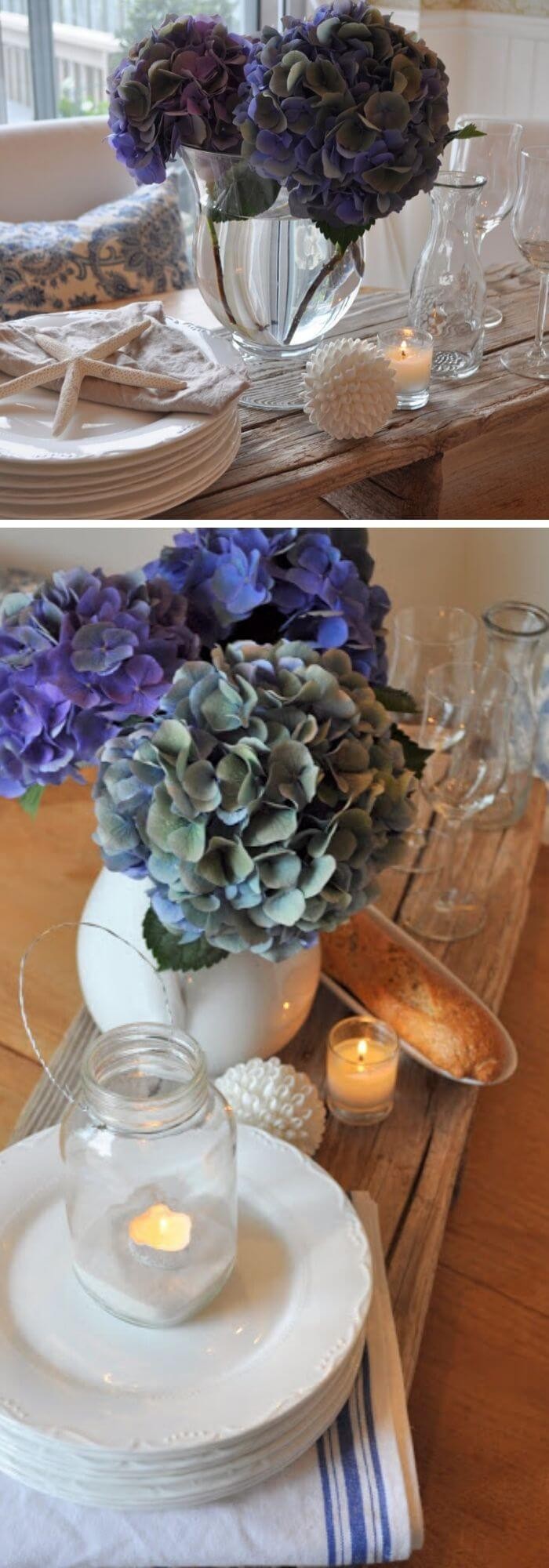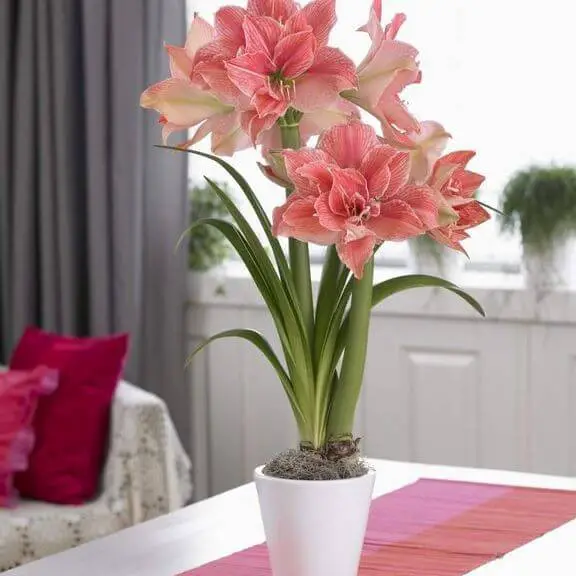20 Beautiful House Plants That Can Actually Purify Your Home
When it comes to our homes, we tend to hold them dear to our hearts. If you’re someone who appreciates living amidst nature’s beauty, bringing some plants into your space can be a wonderful idea. You can place them strategically throughout your home or room, allowing their natural charm to enhance the ambiance. Not only do plants bring visual appeal to your surroundings, but they also have a profound impact on the environment and those around you.
For instance, they produce oxygen through photosynthesis, purify the air by filtering out toxins, and even provide a calming influence on stress levels. In addition to their aesthetic value, plants can also boost creativity, concentration, and productivity while promoting relaxation and reducing fatigue. They’re also relatively low-maintenance, making them a great choice for indoor spaces.
Some of the most impressive plants that can bring a sense of serenity to your home include:The majestic Peace Lily (Spathiphyllum)The one-of-a-kind Rubber plant (Ficus elastica)The soothing English Ivy (Hedera helix)The elegant Snake Plant (Sansevieria trifasciata)The striking Bamboo Palm (Chamaedorea seifrizii)The skin-friendly Aloe VeraThe beautiful but toxic Dumb Cane (Dieffenbachia)The heart-shaped Heartleaf Philodendron (Philodendron cordatum)The unique Spider Plant (Chlorophytum comosum)The stunning Cornstalk dracaena (Dracaena fragrans)The Chinese Evergreen (Aglaonema modestum)The good luck charm Money Bonsai (Pachira aquatica)The not-so-devilish Devil’s Ivy (Epipremnum aureum)The elegant Boston Fern (Nephrolepis exaltata)The lovely Weeping Fig (Ficus benjamina) plantThe Lady PalmThe beautiful Elephant Ear PhilodendronThe Dwarf Date PalmThe charming Golden PothosThe Kimberly Queen Fern
The beautiful Peace Lily (Spathiphyllum)
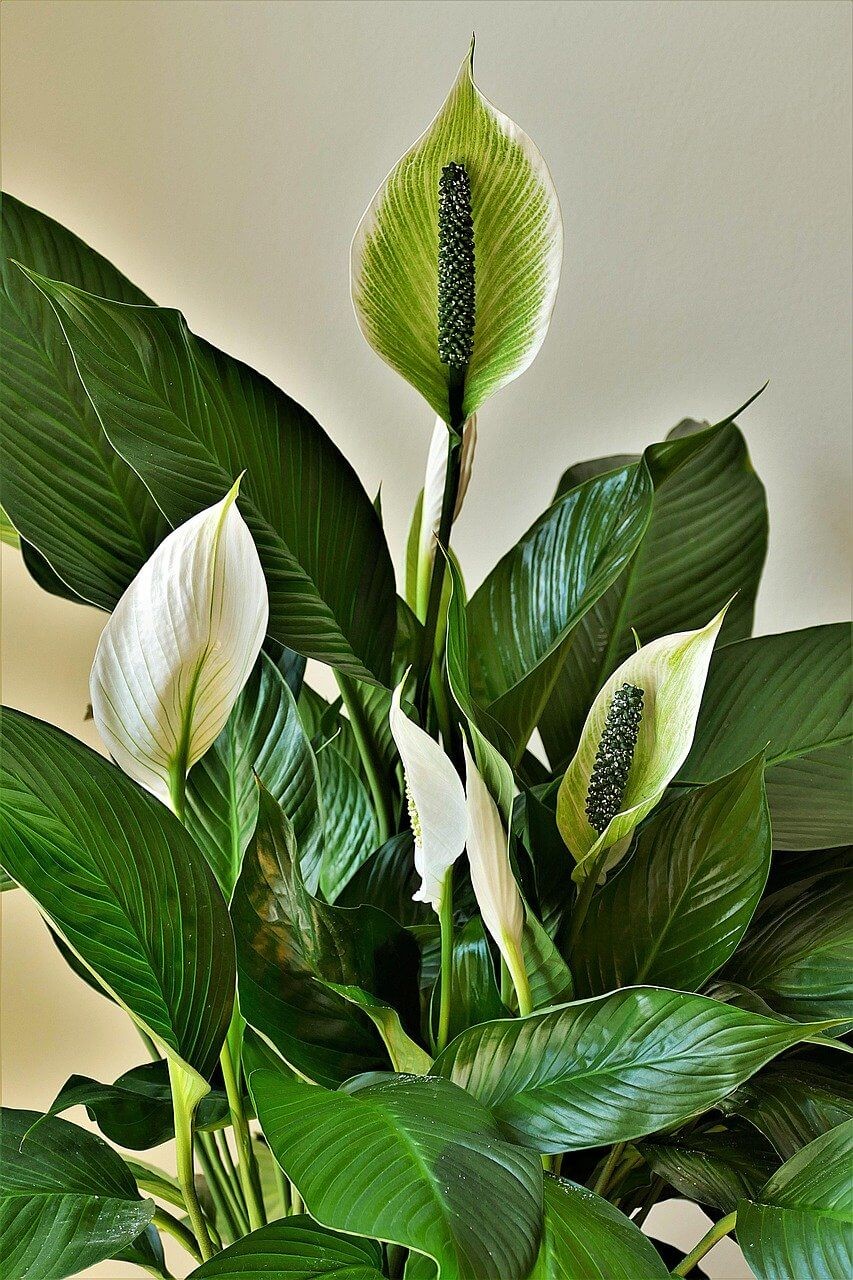
Peace lilies are renowned for their effortless growth habit and striking white blooms. As a popular choice for indoor spaces, they effortlessly bring a touch of elegance to any room or home. Yet, it’s essential to exercise caution when introducing these lovely plants into your household, as their leaves contain toxic compounds that can be harmful if ingested in large quantities. Consequently, it’s crucial to keep them out of reach from curious pets and children to ensure everyone remains safe.
Unique in looks Rubber plant (Ficus elastica)
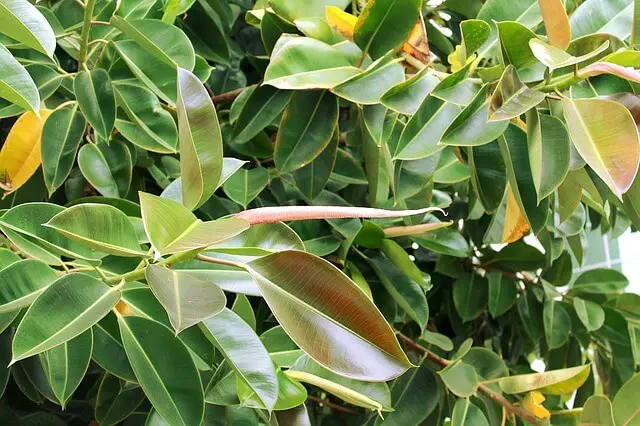
Hailing from South Asia, the rubber plant is characterized by its large, dark green, waxy leaves that are not only visually appealing but also toxic to touch. This versatile plant can be effortlessly integrated into various settings, such as bedrooms and dining rooms, where it will undoubtedly bring a touch of elegance and sophistication. Its ability to thrive in a range of environments makes it an ideal choice for those seeking a low-maintenance yet impactful addition to their home.
The soothing English Ivy (Hedera helix)
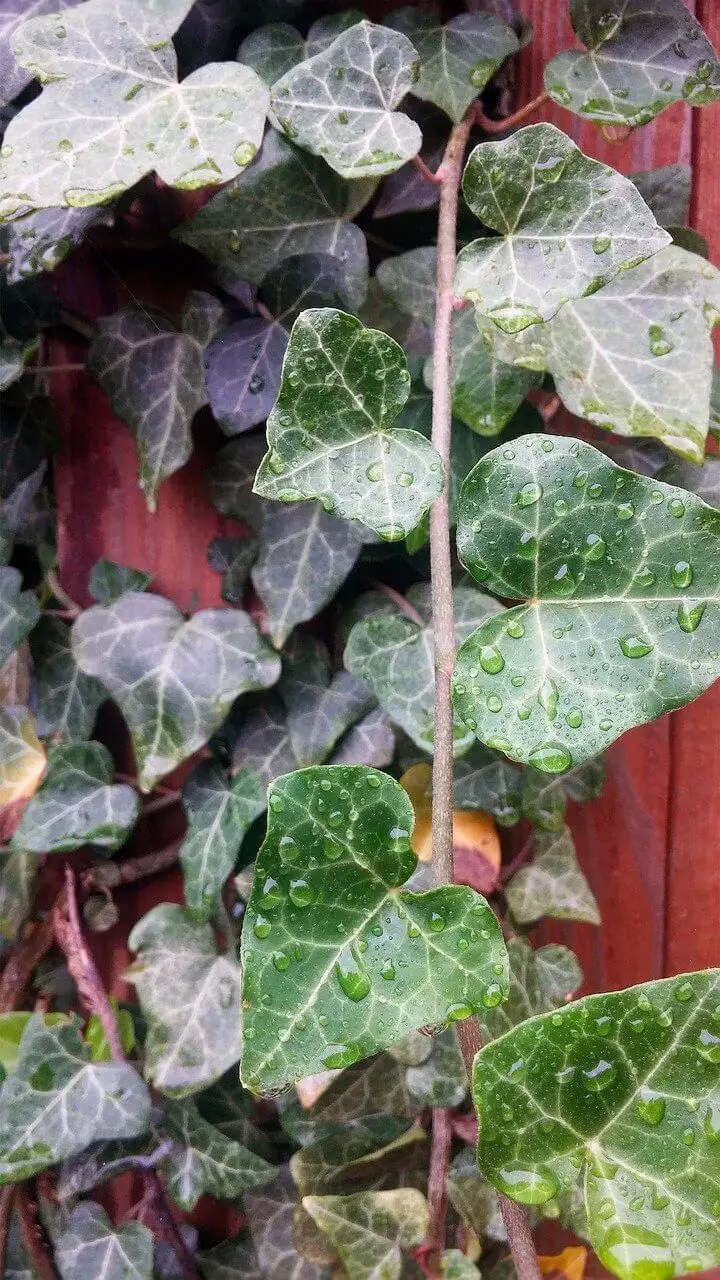
English Ivy, a stunning foliage plant, excels at purifying indoor air by removing and filtering toxins. Its preferred placement is near windows and kitchen areas where it can effectively absorb pollutants. However, it’s crucial to exercise caution when introducing English Ivy into your home environment as its leaves are toxic to pets and children. It’s essential to keep this lovely yet hazardous plant out of reach to prevent any potential harm.
A nice looking Snake Plant (Sansevieria trifasciata)
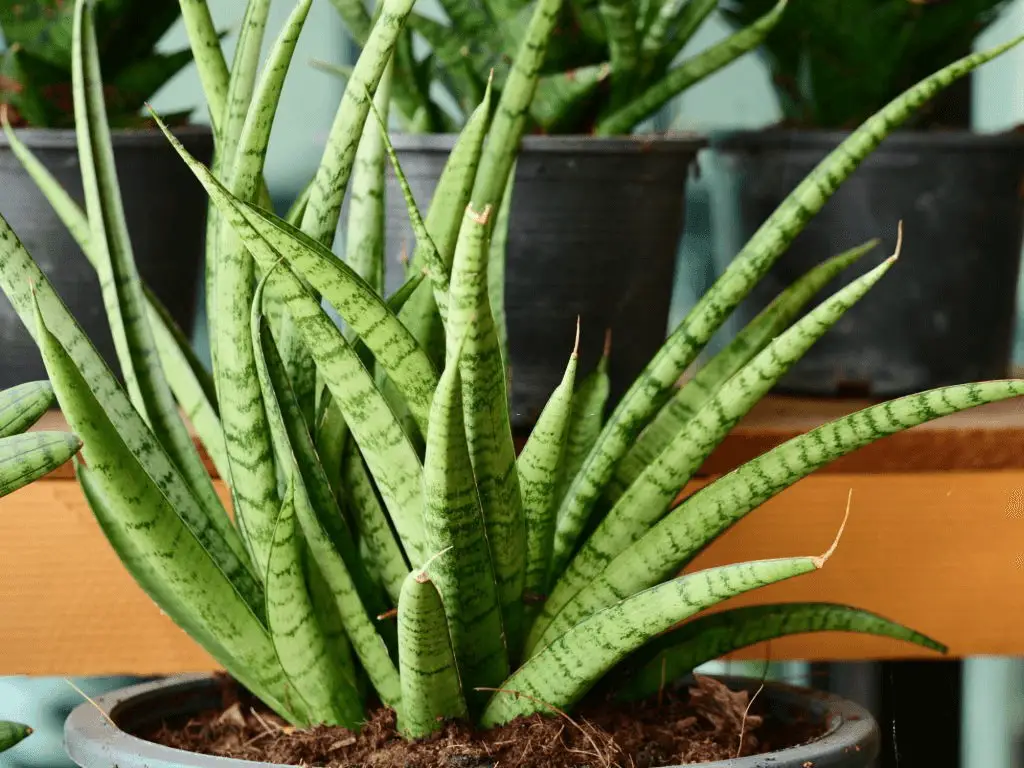
Snake plants have earned their reputation as one of the most sought-after houseplants due to their impressive air-purifying capabilities and low-maintenance requirements. Not only do they excel at removing humidity and toxic substances from the air, but they also thrive in a variety of environments. With their unique aesthetic appeal, snake plants can be effortlessly incorporated into any room’s décor, making them an ideal addition for busy homeowners or those new to plant parenthood.
Cool looking Bamboo Palm (Chamaedorea seifrizii)
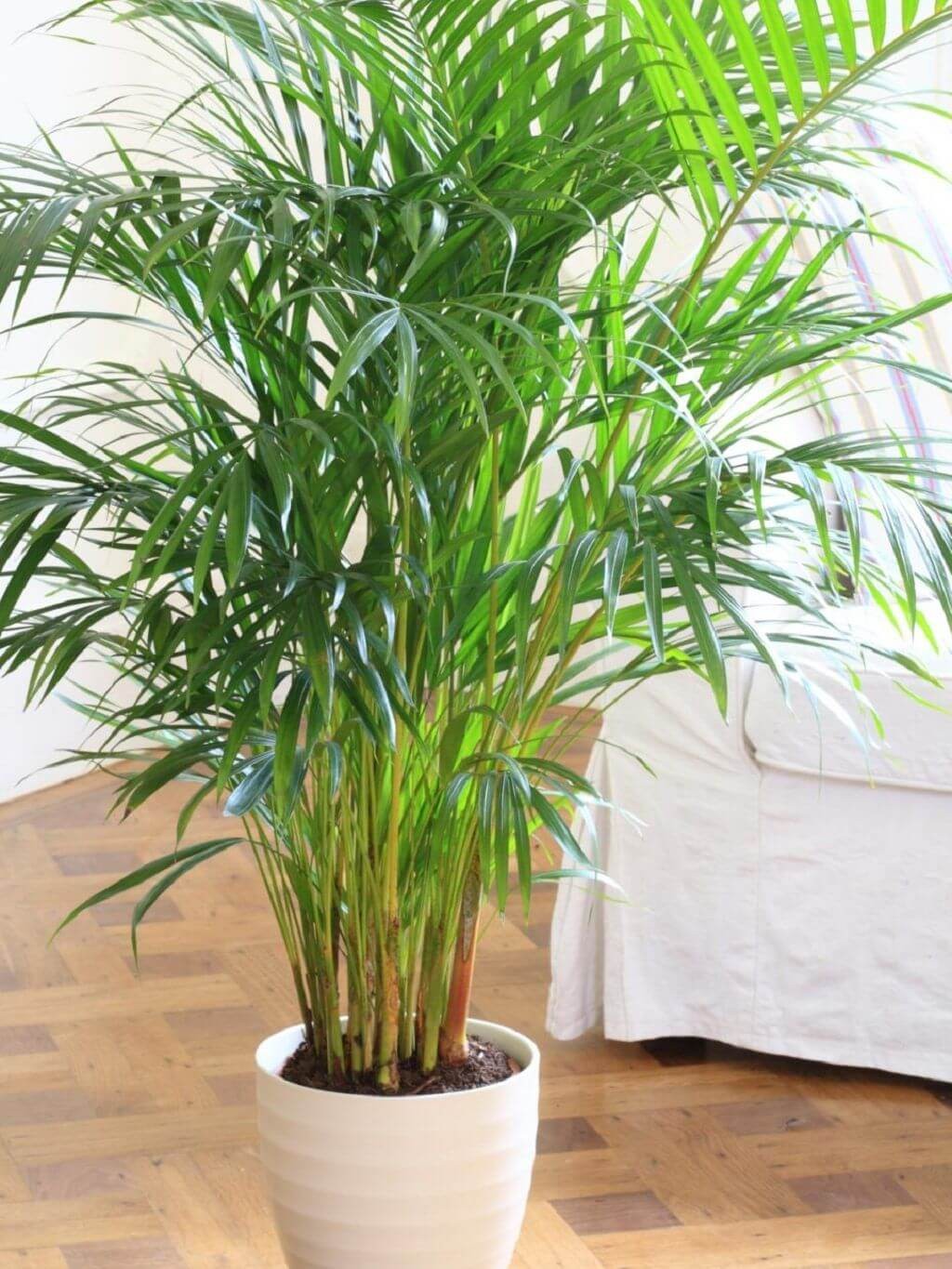
Bamboo palms are a popular choice for air purification, thriving in low-light environments where other plants may struggle to survive. While they can grow taller if exposed to excessive light, their natural tolerance for shade allows them to adapt to a range of settings. Moreover, bamboo palms are completely safe for pets and children, as the leaves do not contain any toxic compounds.
Good for skin, Aloe Vera plant
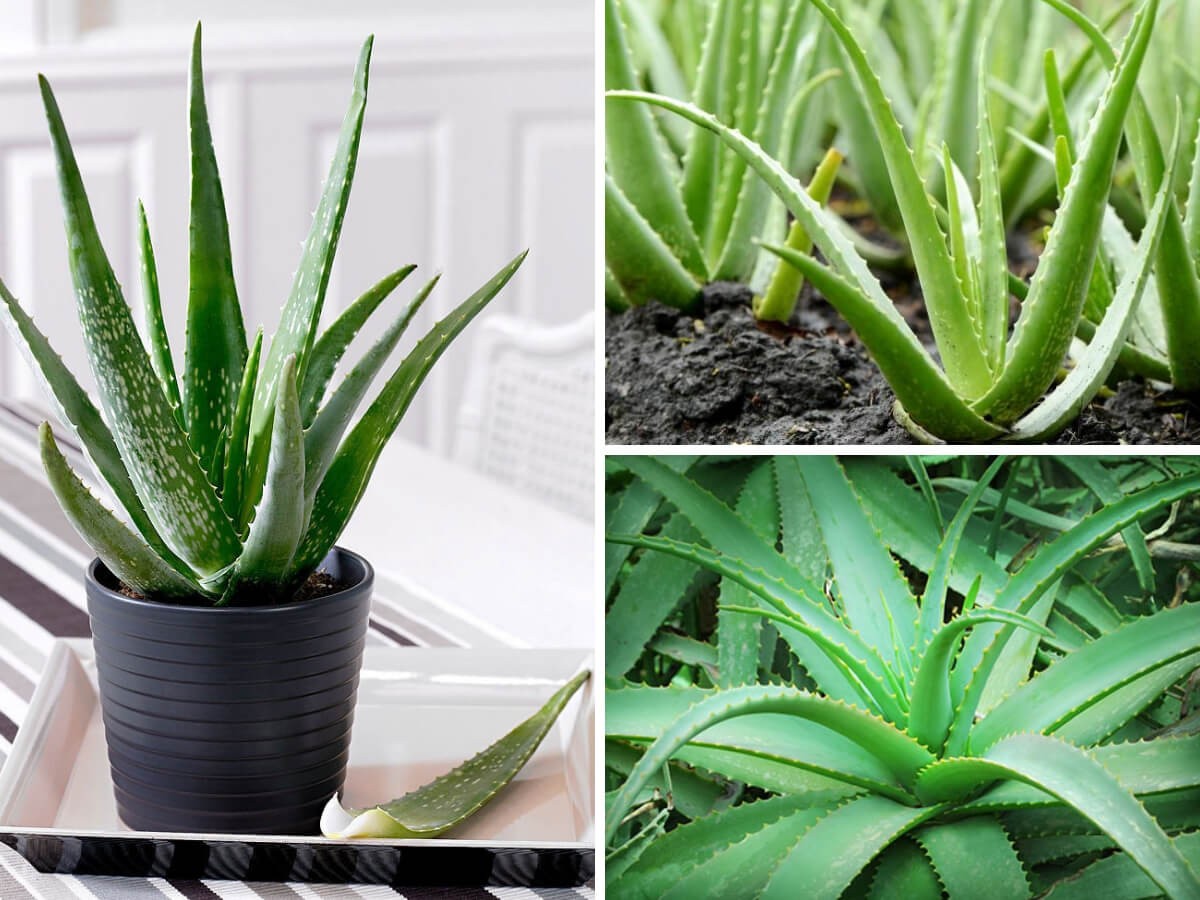
Aloe Vera, a remarkably rapid-growing plant, boasts the unique ability to regrow its leaves if they’re cut or broken. In fact, it’s not uncommon for people to propagate new Aloe Vera plants by simply cutting off one of its leaves and allowing it to root itself.
While many individuals appreciate keeping Aloe Vera at home due to its numerous benefits for skin and overall well-being, it’s essential to exercise caution when sharing your space with furry friends – the plant’s leaves can be toxic to dogs and cats.
Beautiful but toxic Dumb Cane (Dieffenbachia)
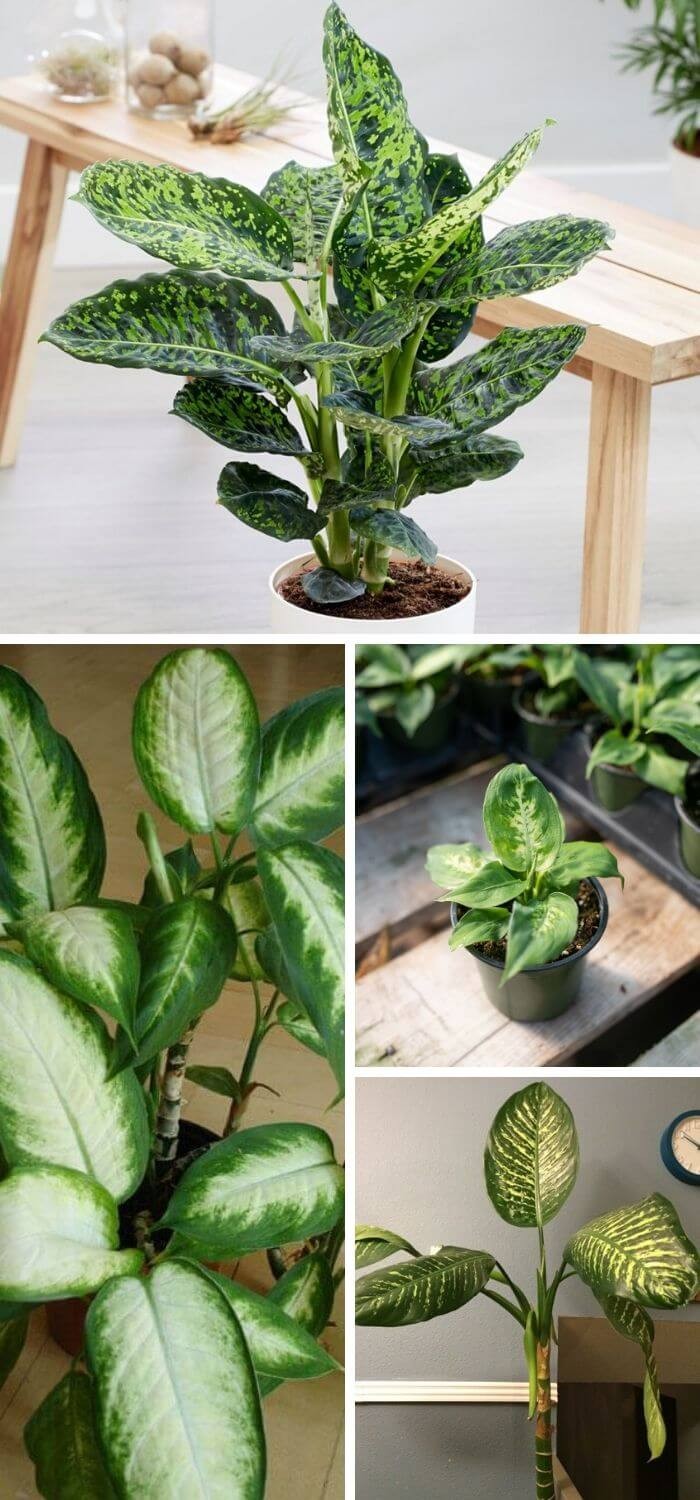
While they may not be as charismatic as other plants, dumb canes (also known as dieffenbachia) are surprisingly easy to grow and come in a delightful array of multi-colored leaf patterns. However, their unique feature also makes them infamous: the leaves contain toxic compounds that can cause serious health issues if ingested. In fact, consuming dumb cane leaves has been linked to a condition that affects speech development.
Heart shaped Heartleaf Philodendron (Philodendron cordatum)
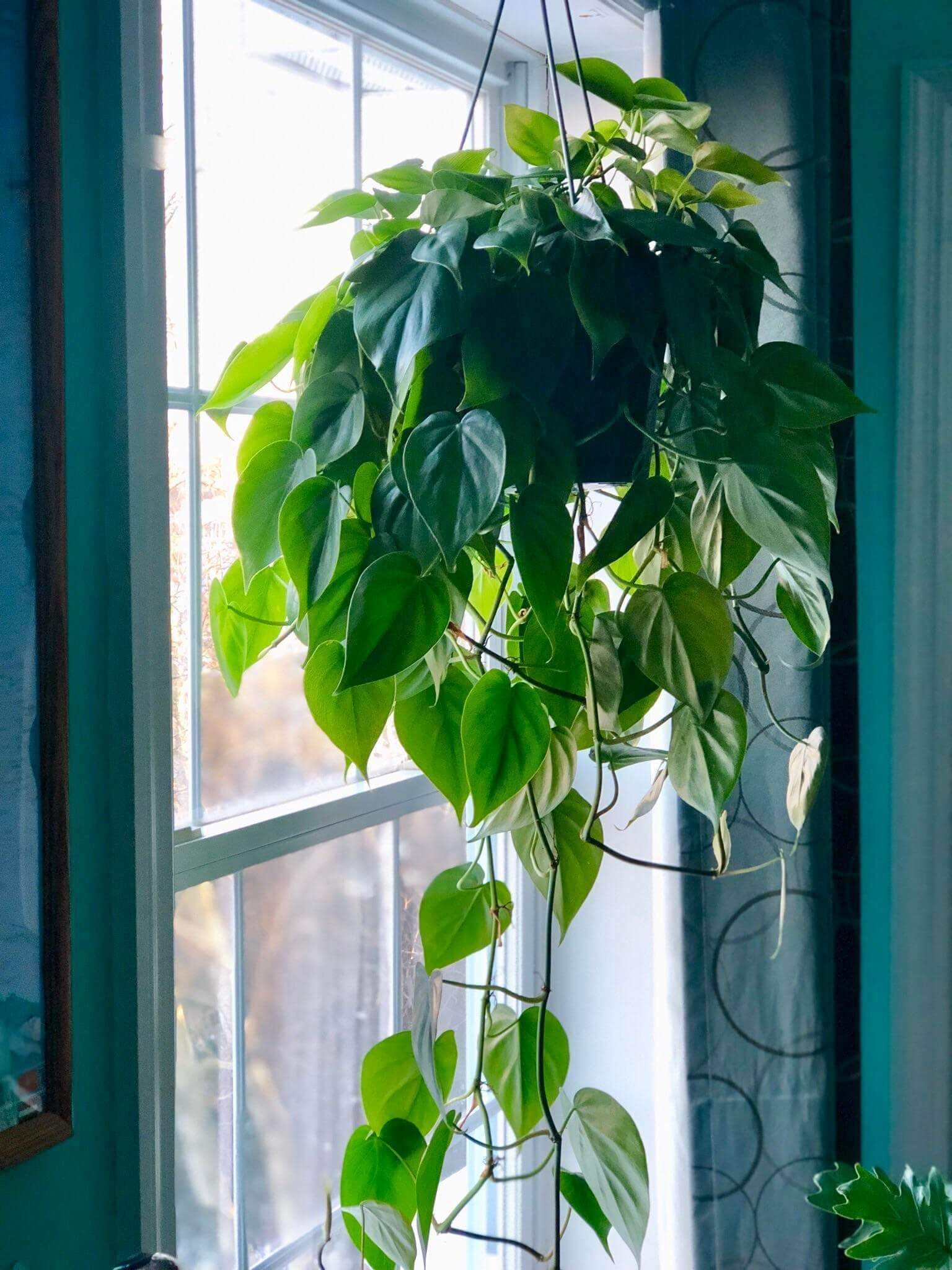
With its stunning heart-shaped foliage, this versatile plant is a delightful addition to any space. Its adaptability makes it a breeze to cultivate, thriving in well-lit environments. While it does appreciate some brightness, direct sunlight can be detrimental – a gentle glow seems to suit its needs perfectly.
Not very similar to spider, Spider Plant (Chlorophytum comosum)

With minimal upkeep required, this adaptable plant thrives in environments with abundant sunlight. Not only does it contribute to a healthier indoor space by converting carbon dioxide into oxygen and eliminating airborne pollutants like carbon monoxide, but its leaves are also safe for consumption, making it an ideal choice for families with young children or pets.
A beautiful Cornstalk dracaena (Dracaena fragrans)
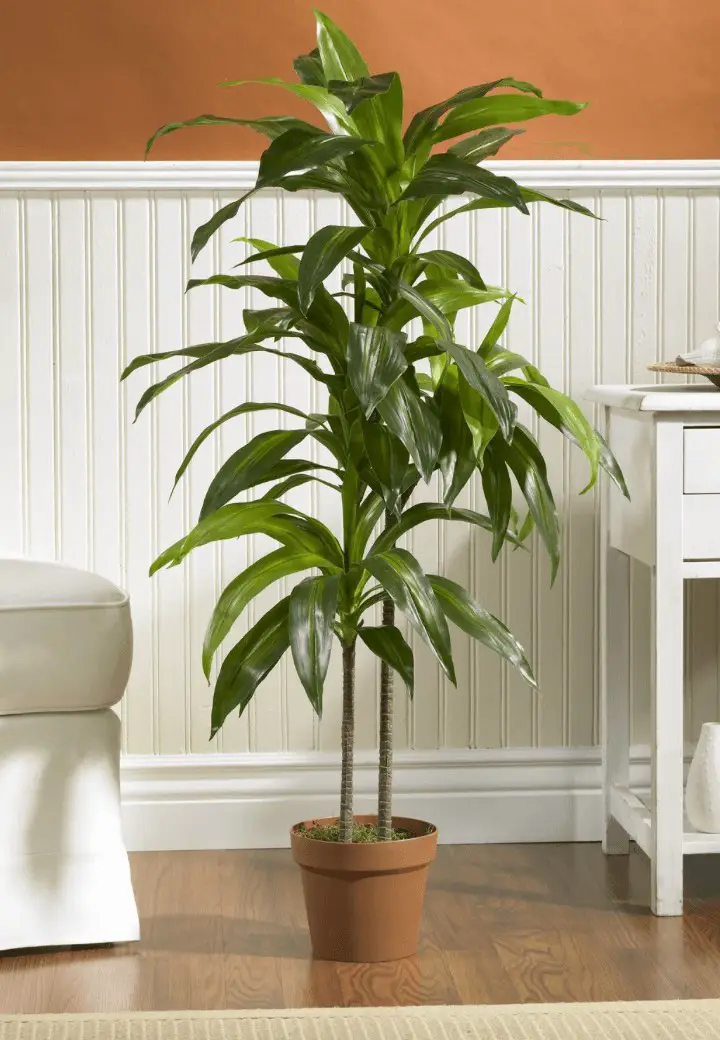
The Zea mays, commonly referred to as the corn plant, has garnered attention for its remarkable ability to absorb and eliminate toxins from its surroundings. As such, it can prove to be a valuable asset in indoor settings, serving as a natural air purifier.
The Chinese Evergreen (Aglaonema modestum)
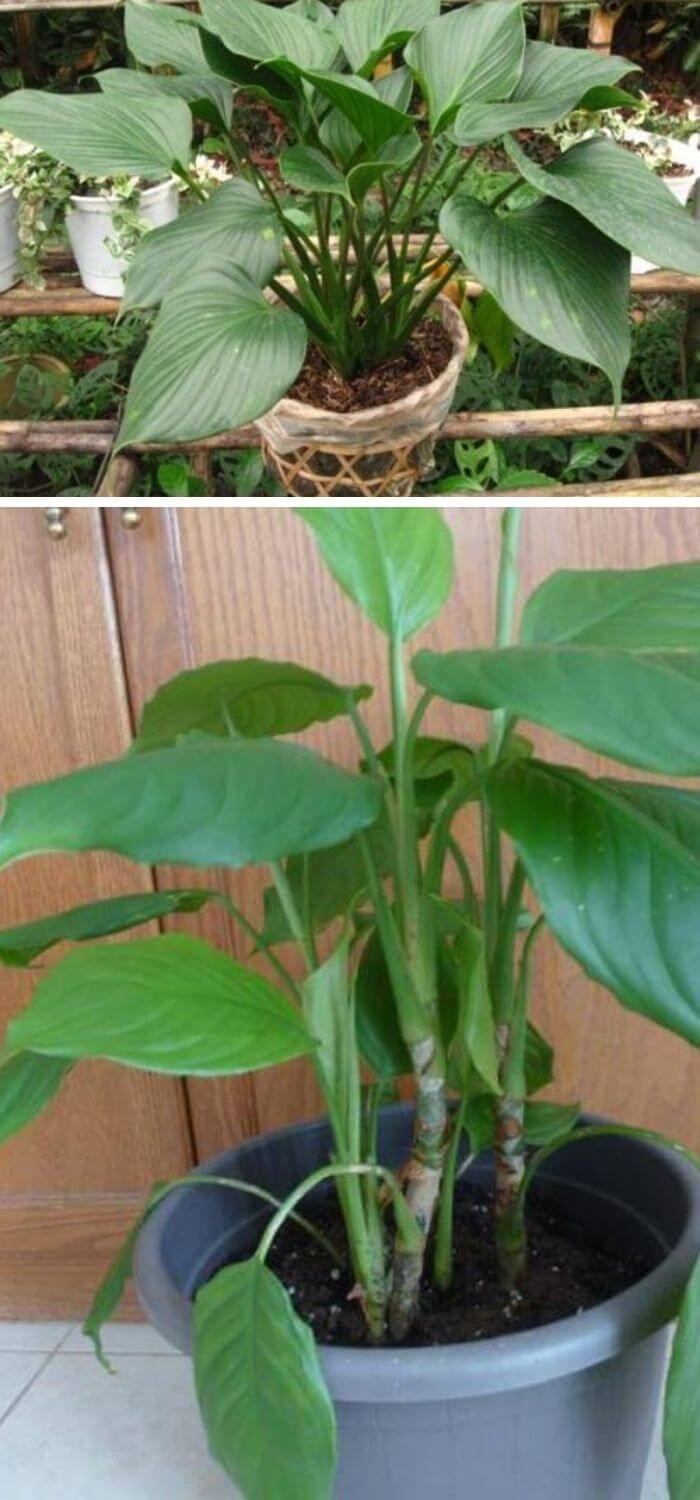
This versatile plant comes in an array of hues and designs, allowing for a range of aesthetic options. To thrive, it demands consistent moisture and warmth, making it well-suited to environments where these conditions can be consistently met.
Good luck charm plant, Money Bonsai (Pachira aquatica)
The captivating Money Bonsai, often referred to as ‘money plants,’ boasts stunningly braided trunks that only become stronger with age. Notably, this plant is also revered as a symbol of prosperity and good fortune. Its ability to thrive in humid environments makes it an ideal choice for bathrooms, where its unique characteristics can be fully appreciated.
The not so very devil, Devil’s Ivy (Epipremnum aureum)
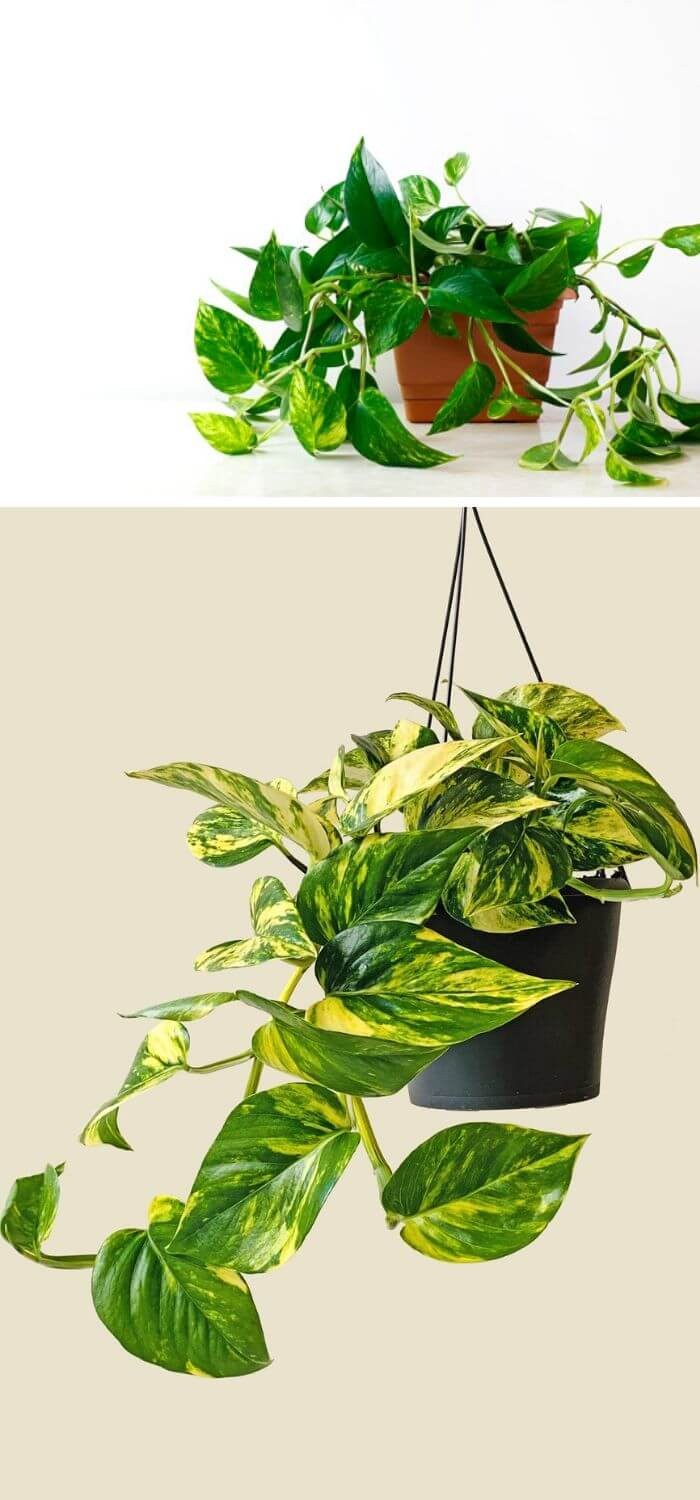
The striking feature of this plant is its vibrant, elongated foliage, which grows rapidly. To showcase these showstoppers, consider suspending the stems in a wicker basket, tabletop planter, or sturdy pot stand to maximize their visual impact.
Elegant looking Boston Fern (Nephrolepis exaltata)
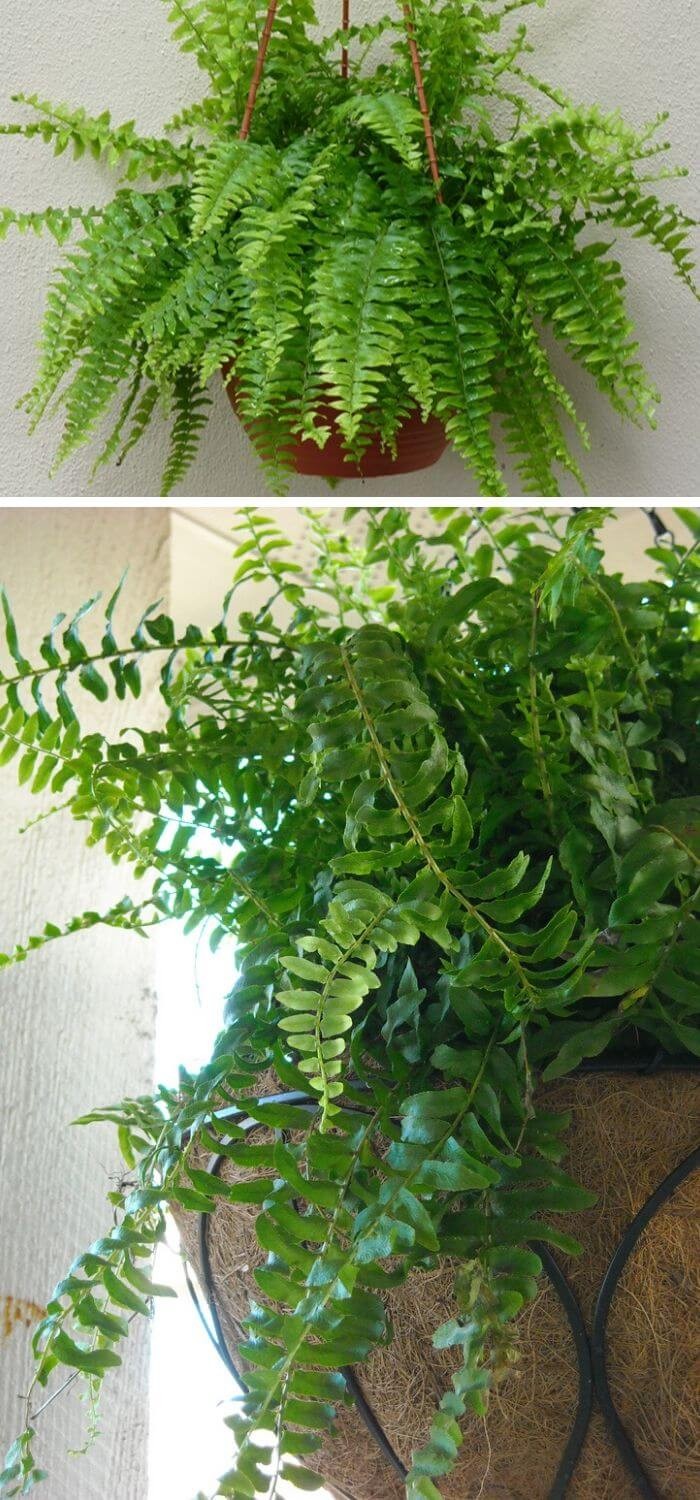
The Boston Fern is a visually appealing plant that thrives in environments with high humidity. Its ease of cultivation makes it an excellent choice for indoor spaces. With proper placement, this plant can instantly elevate the aesthetic appeal of any room, adding a touch of elegance and sophistication to its surroundings.
Very nice looking Weeping Fig (Ficus benjamina) plant
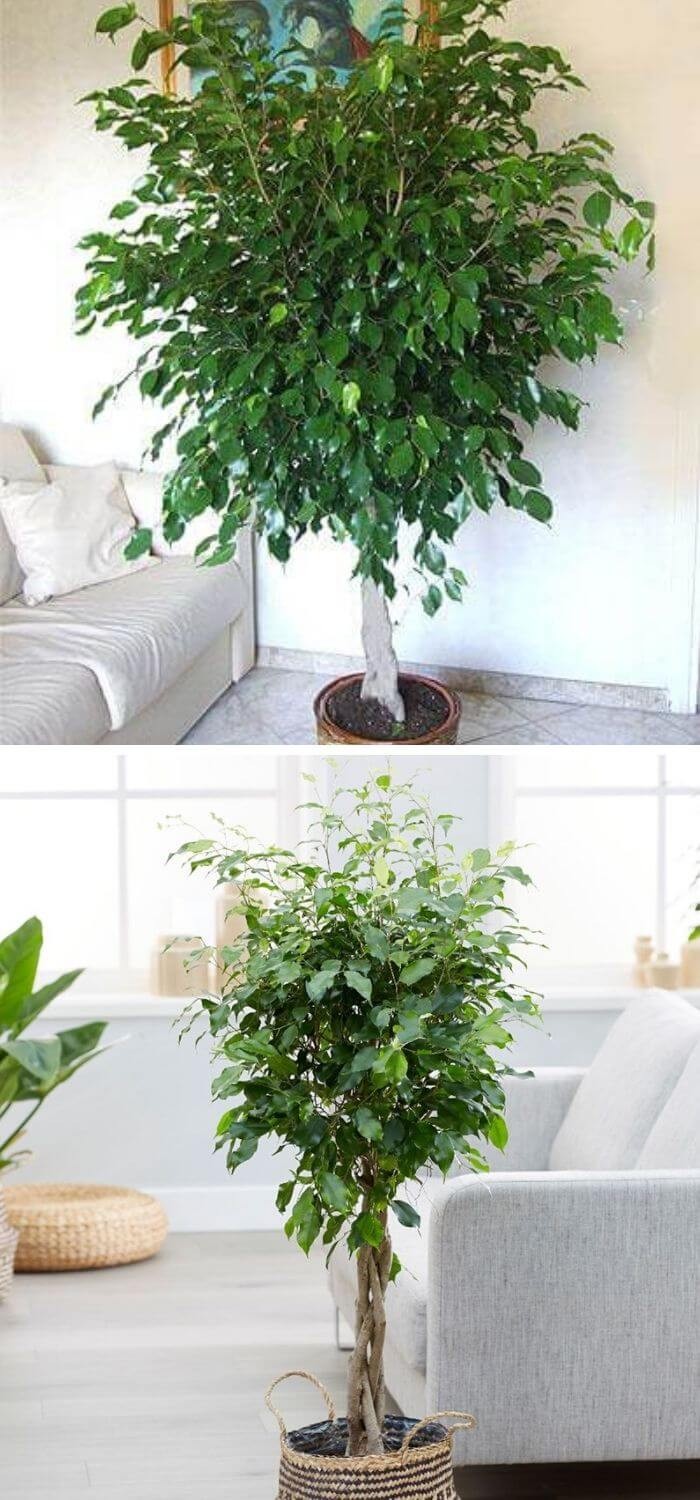
The weeping fig’s slender, curved silhouette is accentuated by its robust, glossy foliage, which occasionally drops its older leaves. As a sun-loving plant, it thrives when placed near a bright window in rooms like the kitchen, bedroom, or even the living area, where it can be enjoyed and cared for.
The Lady Palm
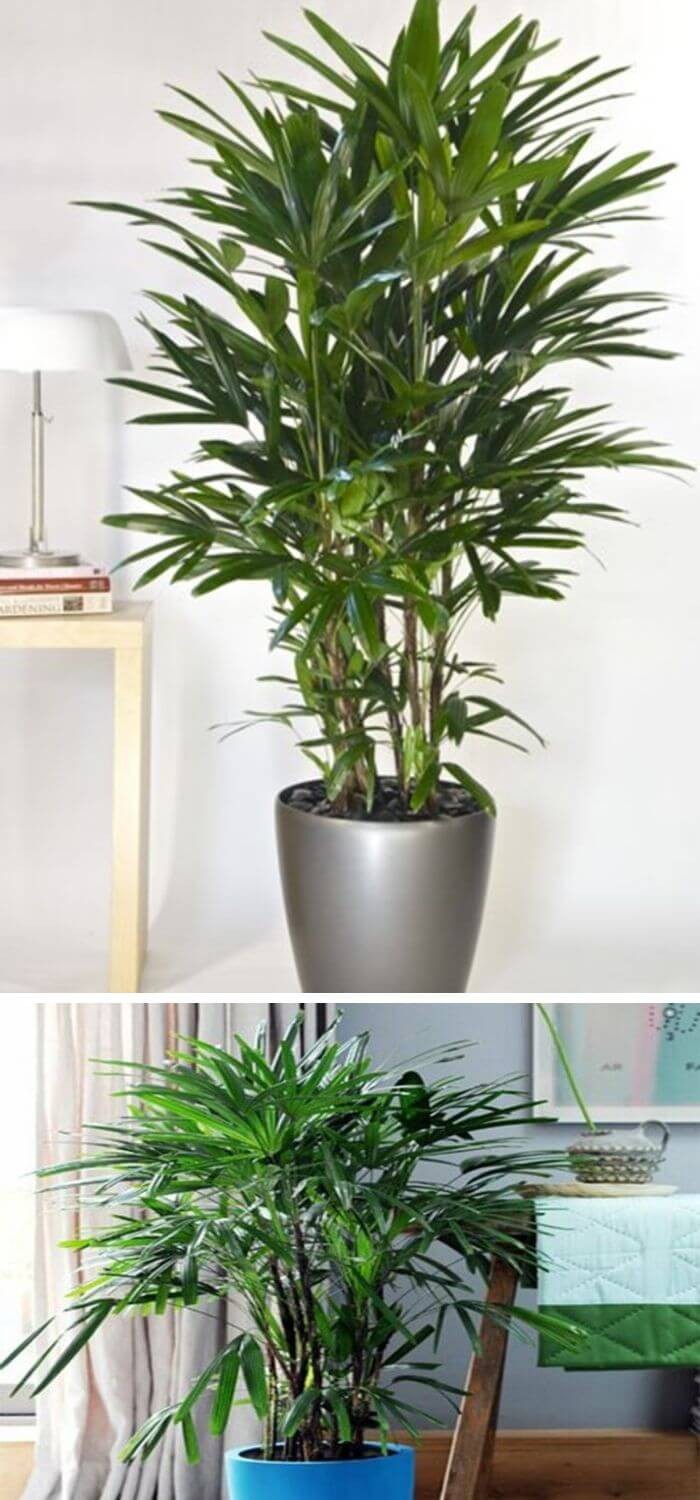
Beautiful Elephant Ear Philodendron
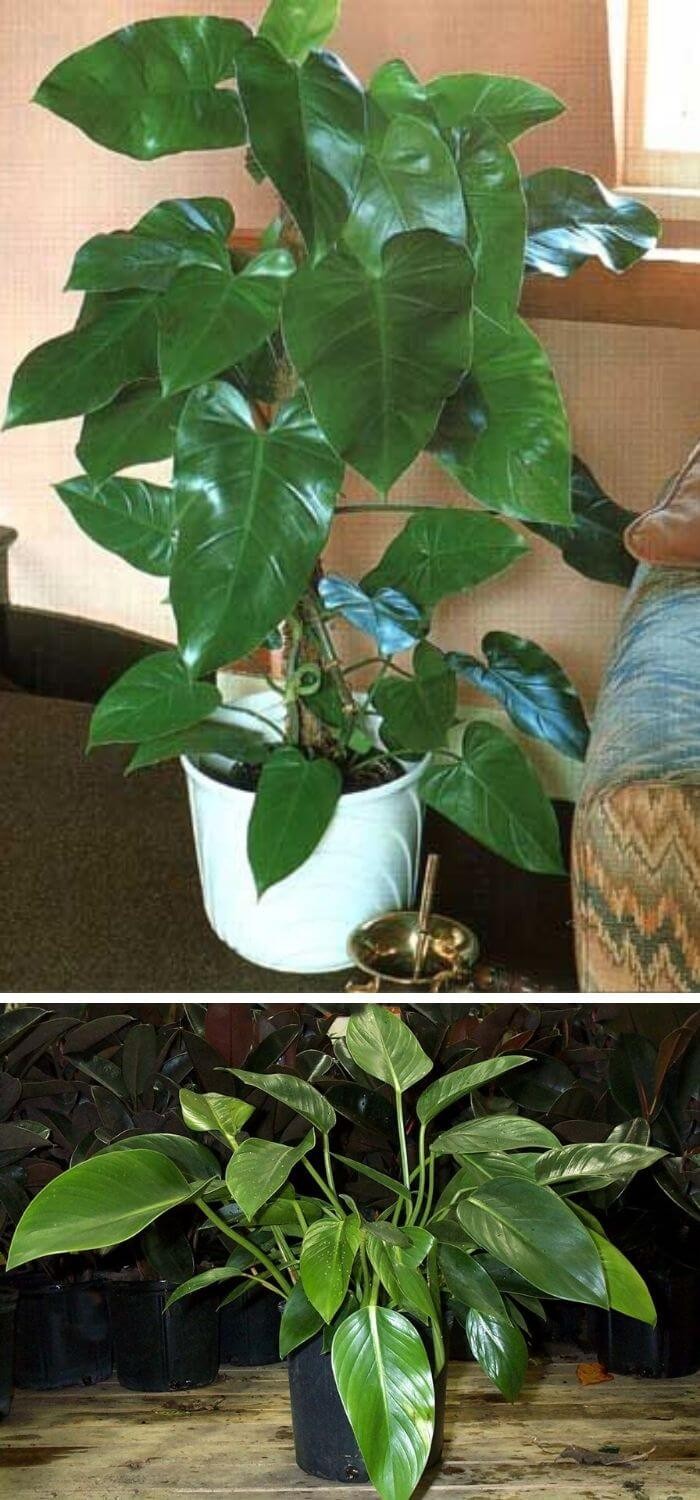
The Dwarf Date Palm
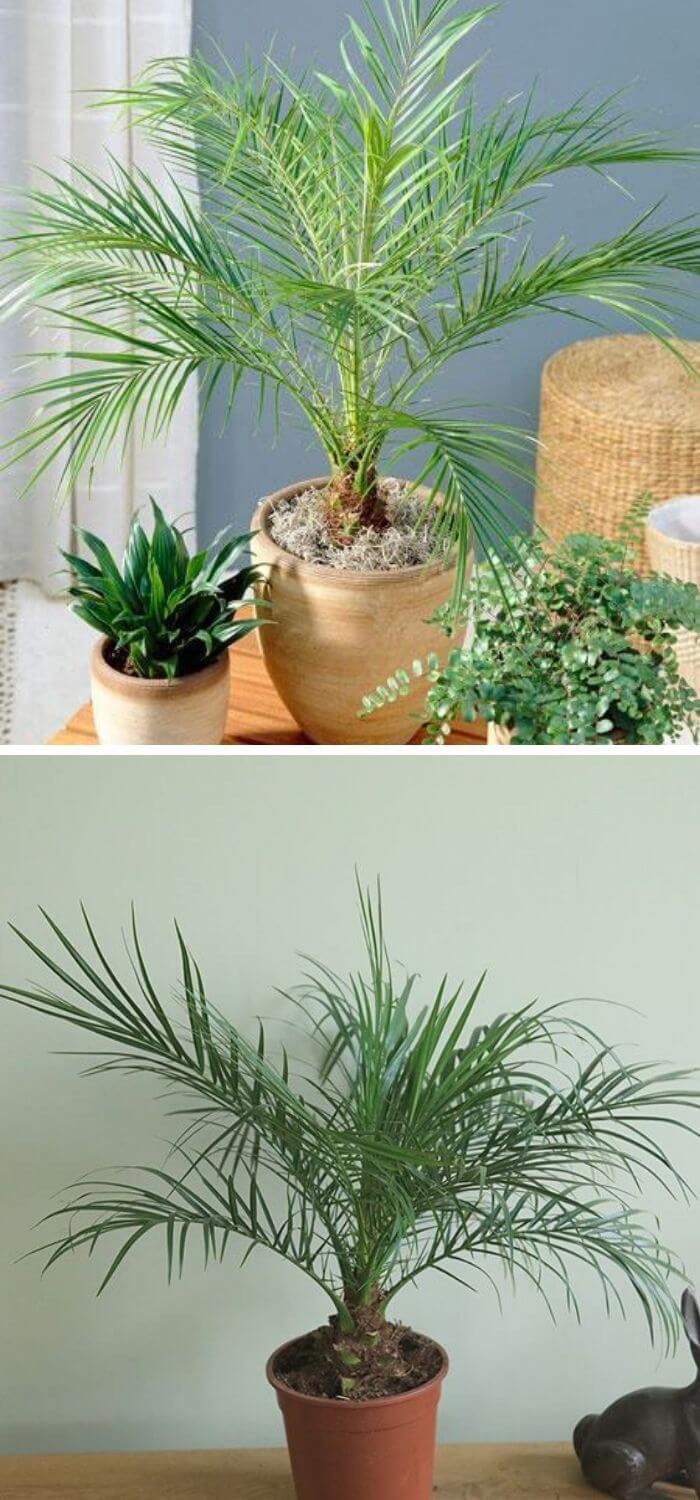
The nice looking Golden Pothos
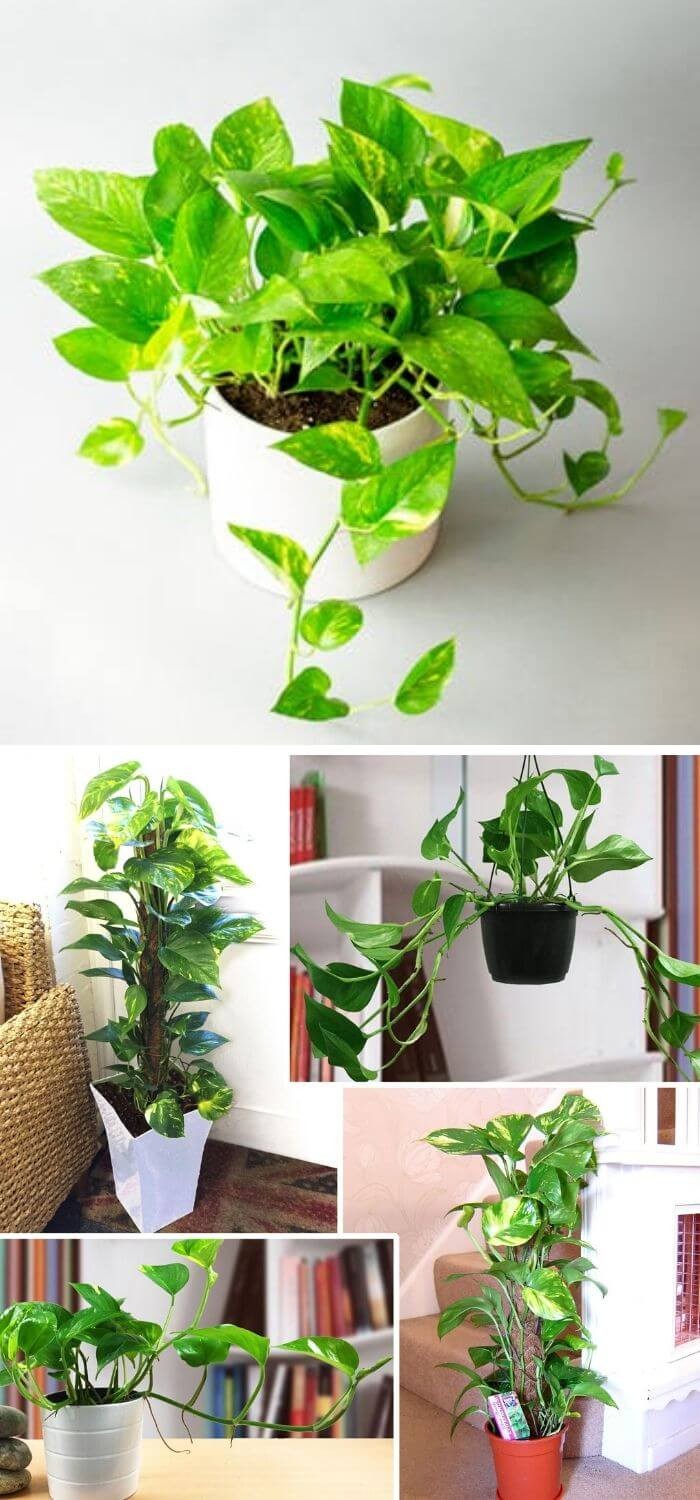
The Kimberly Queen Fern
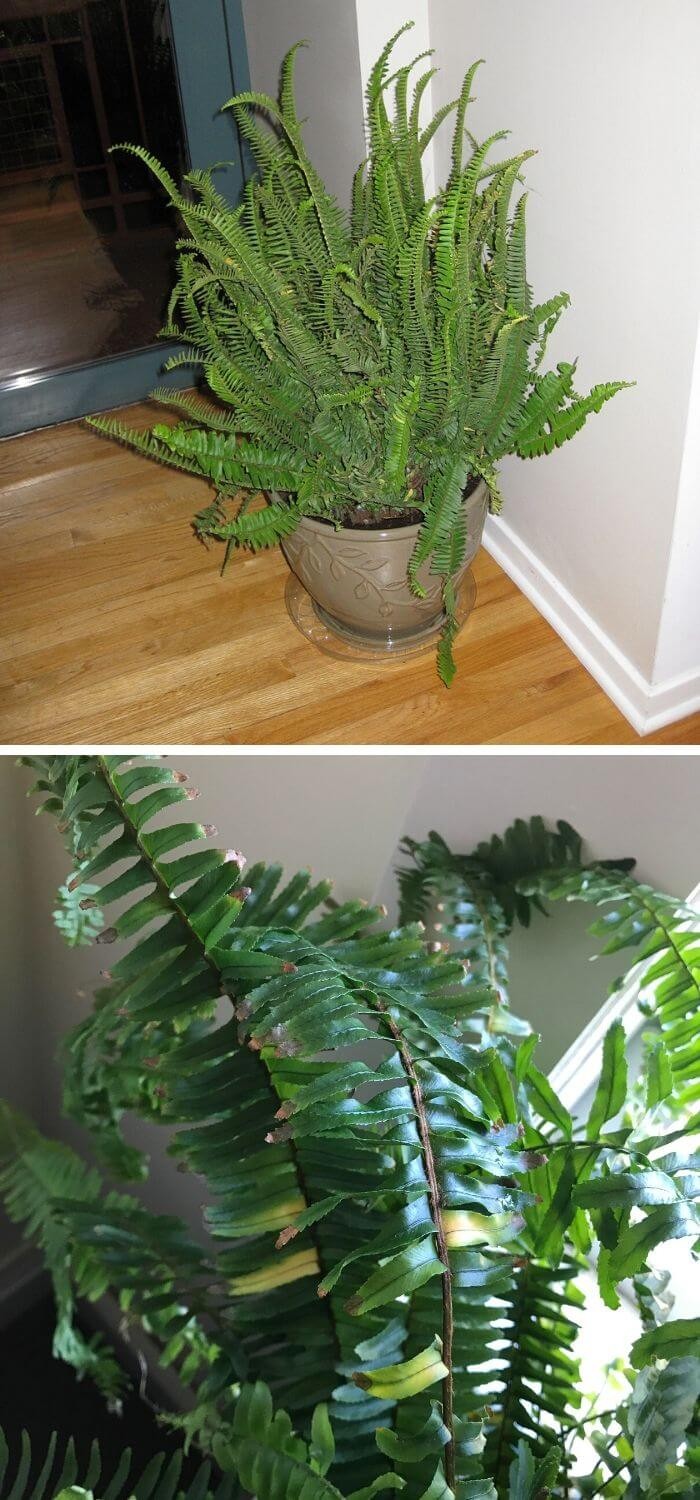
When it comes to humidifying, one plant stands out as a top performer. With its unique ability to maintain optimal moisture levels, this plant has earned its reputation as the go-to solution for indoor environments.
Related Posts
For those who want to bring a touch of greenery into their homes without sacrificing ease, flowering houseplants are an excellent choice. However, indoor gardening requires more than just tossing some plants on a windowsill. To help you achieve the perfect blend of beauty and functionality, here are four top tips for indoor gardening care:
Whether you’re starting from scratch or looking to upgrade your current setup, these expert insights will ensure your flowering houseplants thrive.
From selecting the right plants for your home to understanding what makes them live longer, we’ve got you covered.
And if you’re considering an indoor herb garden, don’t worry – we’ve got a quick primer on four essential things to keep in mind before getting started. Let’s dive into the world of easy care flowering houseplants and discover how you can bring a little bit of outdoor charm indoors.

